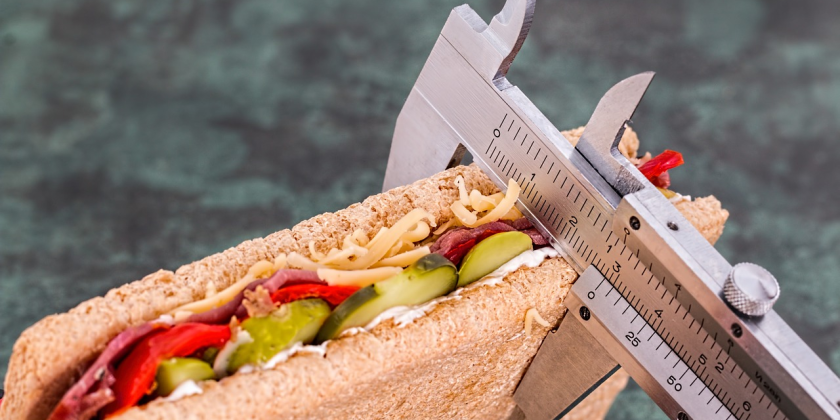8-1168 Belanger Ave,
Ottawa, On, K1H 8A2

In France, eating is a leisurely experience. This is a country where you’ll see buttery croissants, rich desserts and pastries in every corner. On every single day, you’d probably spot Parisians wait for hours in café sipping wine with a plateful of fatty meat. Yet, you’d notice that the French population is majorly slim and healthy while the other health-obsessed nations are dealing with obesity and heart diseases.
This is popularly called the French paradox. It’s a strange phenomenon where the French diet is relatively high on saturated fats, alcohol and meat and still it has relatively low incidence of lifestyle diseases, especially in comparison to America where healthy eating is the talk of the town.
So, is there a secret? Yes, one that we all have known but have conveniently ignored. It all depends on what, when and how much you eat. To start with, the French tend to eat less of everything because they are served smaller portions in restaurants unlike other American cafes where unlimited or bottomless is the rule. Studies have shown that the portion size served in French restaurants is much less than that in other countries. In a French diet, the focus is more in the quality of ingredients and not the quantity.
Moreover, it has been seen that in France people take out more time to savour their meals. Studies have indicated that eating fast may lead to eating more. It takes about 15 minutes for your brain to decode that your stomach is full. This means that eating slowly can prevent overeating.
Some health experts also suggest that saturated fats from animal meat is good for you while others claim that red wine fits perfectly in a heart-smart diet. It’s easy to understand that while the French diet is rich in fats, Americans tend to consume more unhealthy calories. They also tend to consume more dairy products, especially yogurt which is a staple in their diet and it helps to manage hunger and balance out the calories.
The effect is clear. France has one of the lowest rates of childhood obesity and it is the only country where the obesity rates have remained stable in the past decade. A typical lunch meal at a French school contains a broad range of dishes, fresh vegetables and fruits and more energy-dense foods. Access to fried food, processed food or soda is limited to few days in a month in most schools. French government policy and pediatric advice is clear that children should eat three meals per day, plus one afternoon snack. The meal is freshly prepared and they’re not ready-made or frozen. So you’d have salads, soups, mashed potatoes, cheese, yogurt and even dessert. The secret is simple. Focus on moderation and not deprivation.
Another thing you will notice is that in France especially in cities like Paris where it is a challenge to get a car; most people depend on walking or cycling. This is a great way to sneak more physical activity in your like and keeps your fitness levels up. The same is applied in schools where kids are encouraged to walk or bike to school, and they also have three set recess periods during the day to give them time to move around along with weekly gym classes.
The French lifestyle shows that small changes in your daily diet and exercise routine can impact a huge difference to the growing concern of obesity and other related lifestyle diseases.